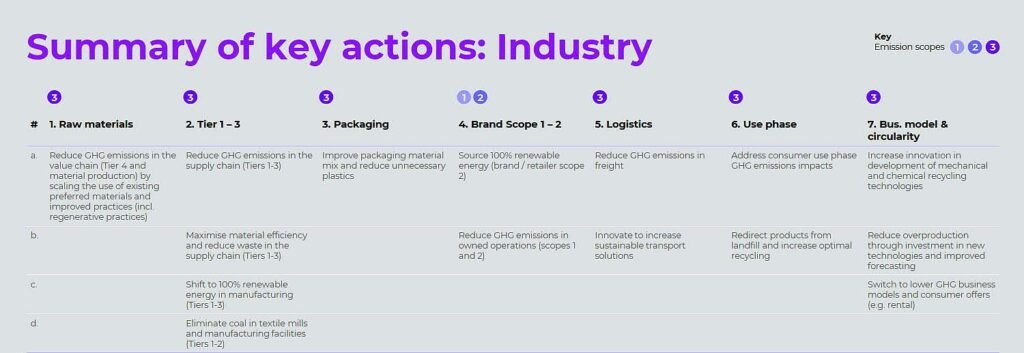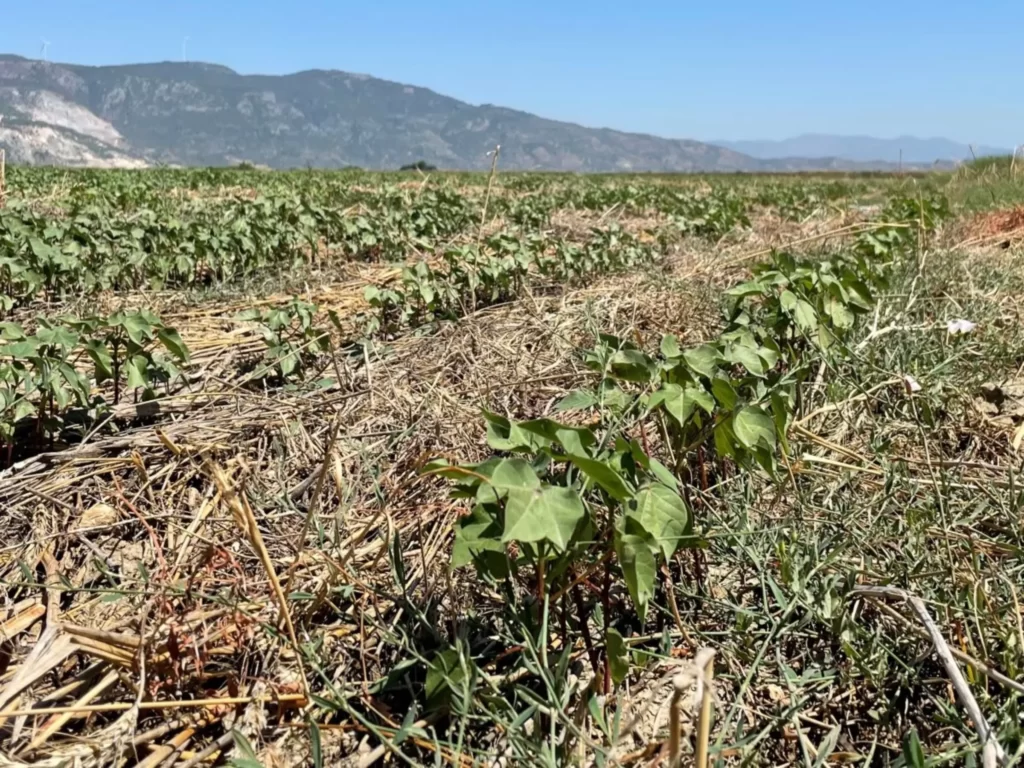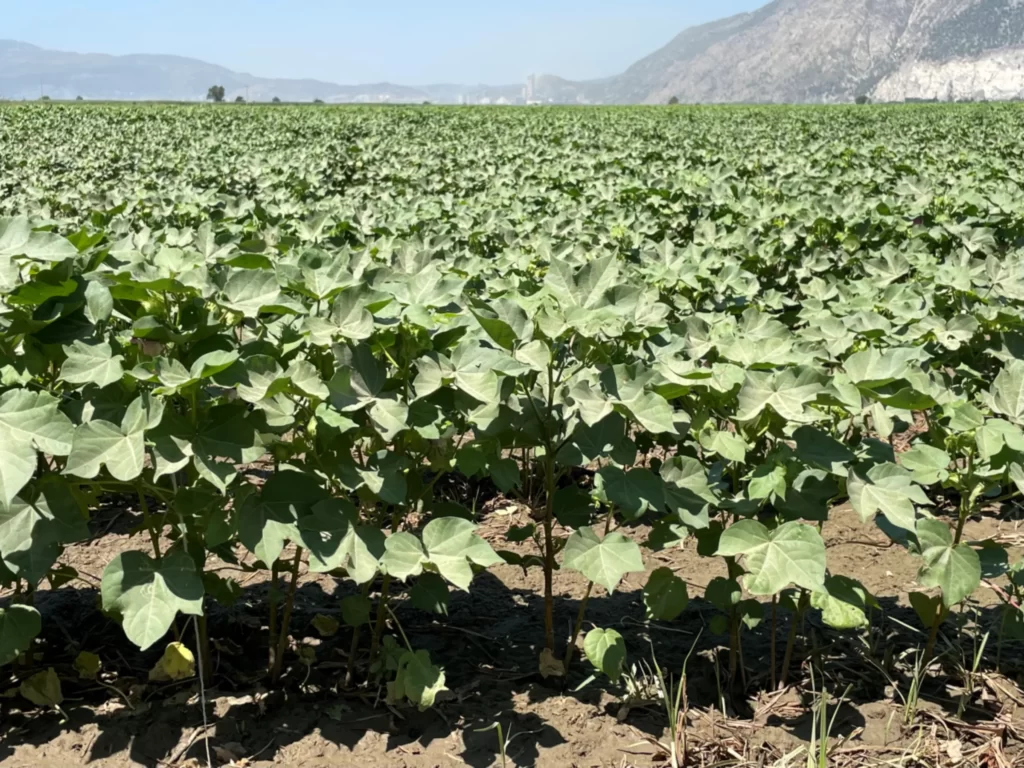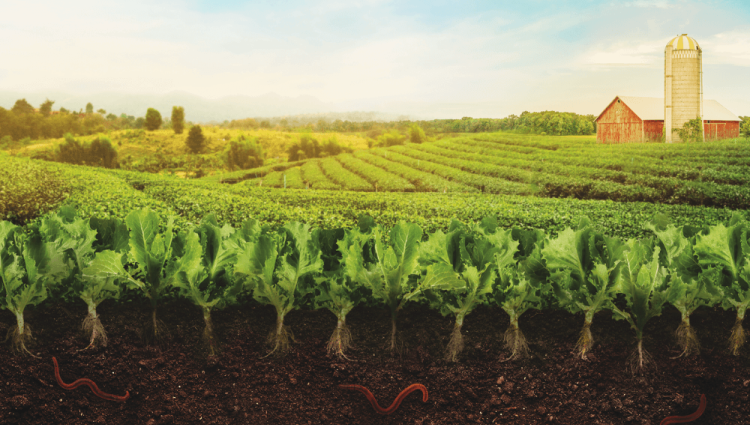The fashion industry, known for its heavy use of resources and waste production, has made increasing efforts to lessen its environmental impact and carbon emissions. The U.N.’s Fashion Industry Charter for Climate Action has established a goal for the industry to become carbon-neutral by 2050.

Brands and designers are now supporting regenerative agriculture projects as a way to reduce emissions in the production of traditional textiles like cotton and wool, alongside existing waste reduction efforts.
According to a pilot project in Turkey conducted by WWF, the amount of carbon stored in the soil was found to be significantly higher compared to typical carbon sequestration methods.

Regenerative farming involves minimal or no tilling of the soil and the cultivation of cover crops like wheat, beans, and sugar beet. This practice helps preserve the soil’s natural composition and doubles its organic matter within four years, reducing the need for fertilizers.
The Confederation of British Industry reports that there is a growing demand for sustainably produced cotton, representing approximately 20% of the global cotton supply in 2020. The major sustainable cotton initiatives include Better Cotton, Fairtrade, and Organic.

Brands and designers need to support and invest in farmers to adopt regenerative agriculture practices, in order to combat climate change. Although there are emerging standards and certifications, such as those from the Regenerative Organic Alliance or regenagri, it is crucial for businesses to assist farmers in transitioning to these sustainable farming methods.
Reference- National Geographic, Context ( Thomson Reuters Foundation), BBC,Vogue, The Guardian






